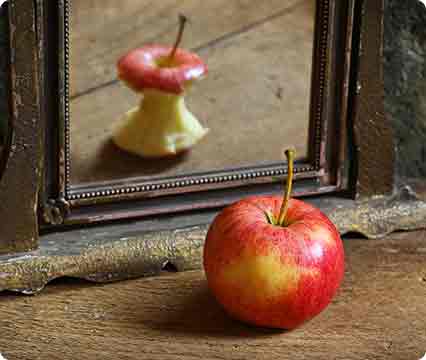Perception v. actual intakes of junk food and sugar-sweetened beverages in Australian young adults: assessed using the mobile food record
Harray et. al (2017) compared the perceived and actual intakes of energy-rich nutrient-poor ‘junk food’ (JF) and sugar-sweetened beverages (SSB) in young adults in Perth of Australia, by assessing before-and-after eating images of the standardised portions (143kcal) of JF and SSB. Amongst the adult participants (aged 18-30), mean consumption of JF+SSB was 3.7 (2.0) servings per day. The women who thought about drinking less SSB were found to consume more servings per day (1.5 (1.2)) than men who thought about drinking less (0.7 (0.5)). On the other hand, men who planned to cut down on JF ate more servings/day (4.6 (2.4)) than women who wanted to reduce JF intake (2.5 (0.7) servings). Those who consumed the least JF and SSB were individuals who paid a lot of attention to include healthy choices into their diet, who consumed significantly less than those who took only a bit of notice, were not thinking much about it and those who didn’t consider health at all in their food intake. These results suggest perceptions and attitudes regarding JF and SSB can be associated with level of consumption. Since those individuals who did not consider cutting down on these foods consumed larger amounts, they appear to be an important target group for promoting healthy eating. [NPID: perception, junk food, sugar-sweetened beverages, Australia, portion control, attitude]
Year: 2017
 Navigation
Navigation






